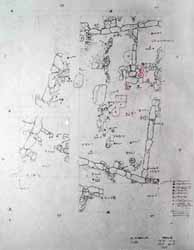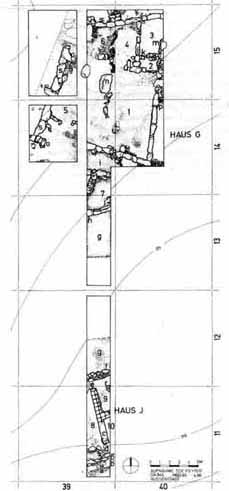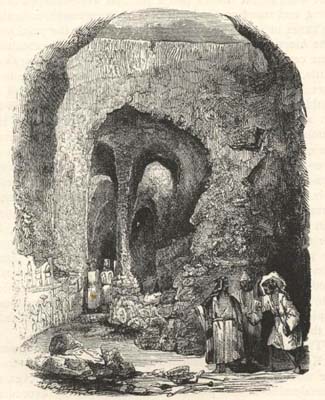
top: T. de Feyter - Houses J and G (Floor plan) Area Munbaqa, Assad-dam, Syria in: MDOG (Mitteilungen der Deutschen Orientgesellschaft zu Berlin) 119 (1987):93
T.de Feyter - House G, Tall Munbaqa, 1985, Syria. (1:50)

| MELTON PRIOR INSTITUT für Reportagezeichnung - Mai 2007 URL: http://www.meltonpriorinstitut.org/content/aktuell.htm |
 top: T. de Feyter - Houses J and G (Floor plan) Area Munbaqa, Assad-dam, Syria in: MDOG (Mitteilungen der Deutschen Orientgesellschaft zu Berlin) 119 (1987):93 T.de Feyter - House G, Tall Munbaqa, 1985, Syria. (1:50) |
 |
